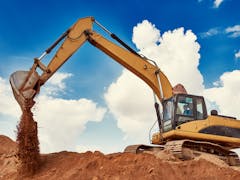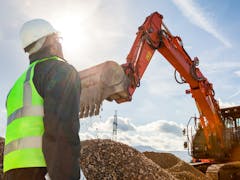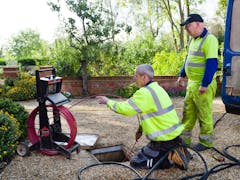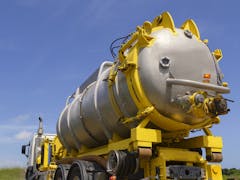Hunter Ground Search
Barnsley, NSW 2278
About
Hunter Ground Search provides advanced underground scanning and locating services using cutting-edge technology to ensure safe and efficient excavation, construction, and maintenance work. Our expertise includes concrete scanning, electromagnetic field (EMF) locating, ground penetrating radar (GPR), and CCTV pipe inspections. We help construction professionals, plumbers, and utility providers identify underground structures, utilities, and potential hazards with precision. Our detailed reporting and non-destructive techniques reduce risks, improve efficiency, and help prevent costly errors. With a commitment to accuracy and innovation, Hunter Ground Search is the trusted choice for underground detection and inspection services.
Services
- Concrete scanning
- EMF locating
- Ground penetrating radar (GPR) for utility detection
- Underground storage tank and buried pit location
- Push rod CCTV pipe inspections
- Sonde-equipped cameras for precise issue identification
- Detailed reporting and documentation for maintenance and repairs
Interested in Hunter Ground Search?
Machines & Services
Services (5)
Locations
- George St, Barnsley NSW, Australia










